The National Arts Plan (PNA), which continues to work to show that «artists must have space in schools», promoted, last Friday, March 8, in Faro, the 1st Regional Meeting of Artists Resident in Schools.
With projects being developed in almost all schools in the Algarve, Ana Bela Conceição, intermunicipal coordinator of the PNA, gives a “very positive” assessment of the work that has been done here.
«The Algarve was one of the first regions in the country that joined the PNA in greater numbers, right at the beginning, in 2019, and things have always been growing. We only have three schools that don't work with the plan, but there is none that has never heard of it," he told the Sul Informação.
Regarding the artist-in-residence project, this coordinator highlights it as «a fundamental measure to work on the systemic change that we feel the school needs»
«What we have done, here in the Algarve, is to create synergies between schools and, above all, the Municipalities, which have been very important and have given great support to this measure, because they are the financing entity. In these synergies, we are able to demonstrate how important the artist's work is within the school space and with the school community: not only students, but also teachers, staff and, more indirectly, families», he continues.
In a region where school failure and dropout rates are among the highest at national level, Ana Bela Conceição believes that the work of artists with students has contributed to alleviating this problem.
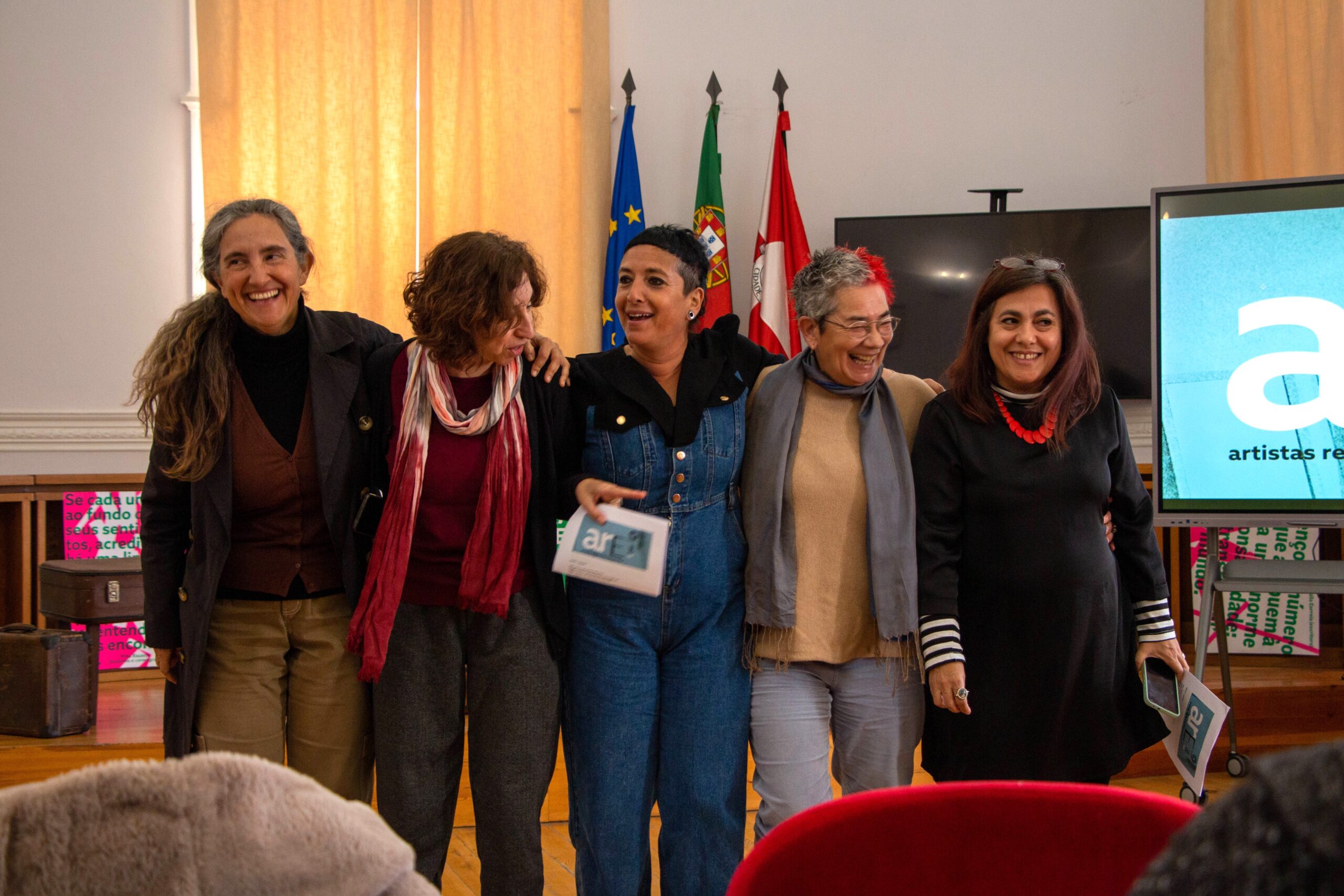
«They work very well on issues of creativity, they help to see the world in another way, to open horizons, they also work on inclusion, because there are multiple forms of language and learning – and if there are many logicalverbal kids who understand very well the mathematics and Portuguese, there are others that are more corporal and musical. Basically, this also serves to give way to this learning and intelligence».
Despite considering that «there is still a long way to go», the intermunicipal coordinator highlights that «many seeds have already been placed on the ground».
«The artist-in-residence at the school, four years ago, was invisible, no one thought about it, but now it is very natural and even uncommon not to exist».
Furthermore, Ana Bela emphasizes that the idea with these projects is not to «add another subject or more time for students», but to include art «in a language that can contribute to the whole».
And how are artists chosen for each school?
Starting from the premise that «there is culture everywhere», the PNA lets each school choose its artist-in-residence, with each one usually working in their own municipality.
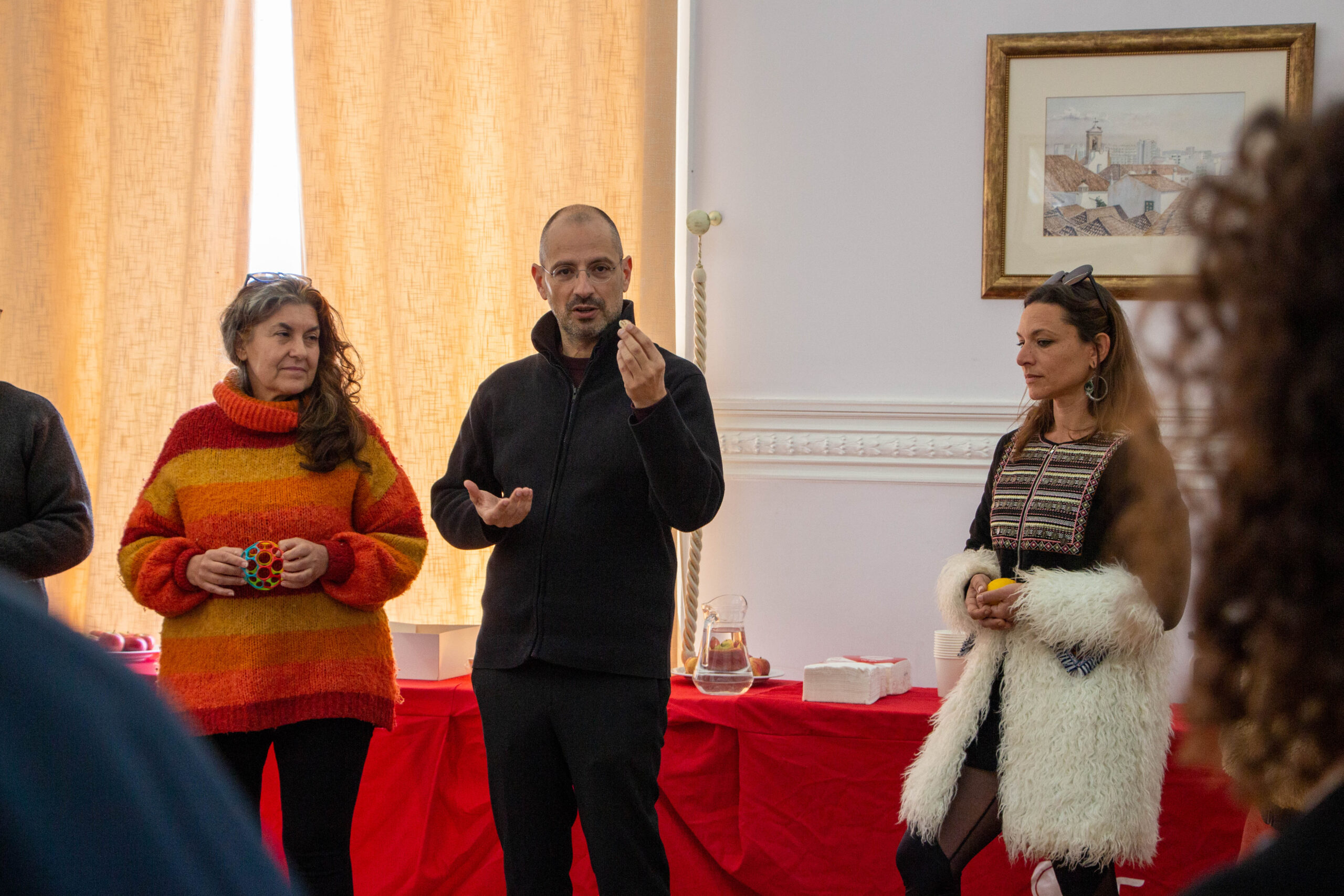
Regarding the working method, the PNA also does not impose any rules.
«Each school will find the format that makes their life easier. We have artists who work after work, others who are allocated to the most problematic classes, others who work for a single year, with the logic that in three or four years they have already covered all the students. There are several strategies and the objective is to reach the greatest number of children and young people», reinforces Ana Bela.
If, in the beginning, the idea was for artists to rotate between schools every year, in this first regional meeting, it was discussed whether this method will continue to make sense.
In the words of Paulo Pires do Vale, commissioner of the National Arts Plan, who was also present at the meeting, this project aims to make schools look at as cultural hubs.
«We need to stop thinking that it is only in museums, theaters, cultural centers, galleries, libraries or archives that culture happens. The school is a cultural hub, it is a cultural center, and it has to be seen as such», he reinforced, stressing that, therefore, artists also have their space there.
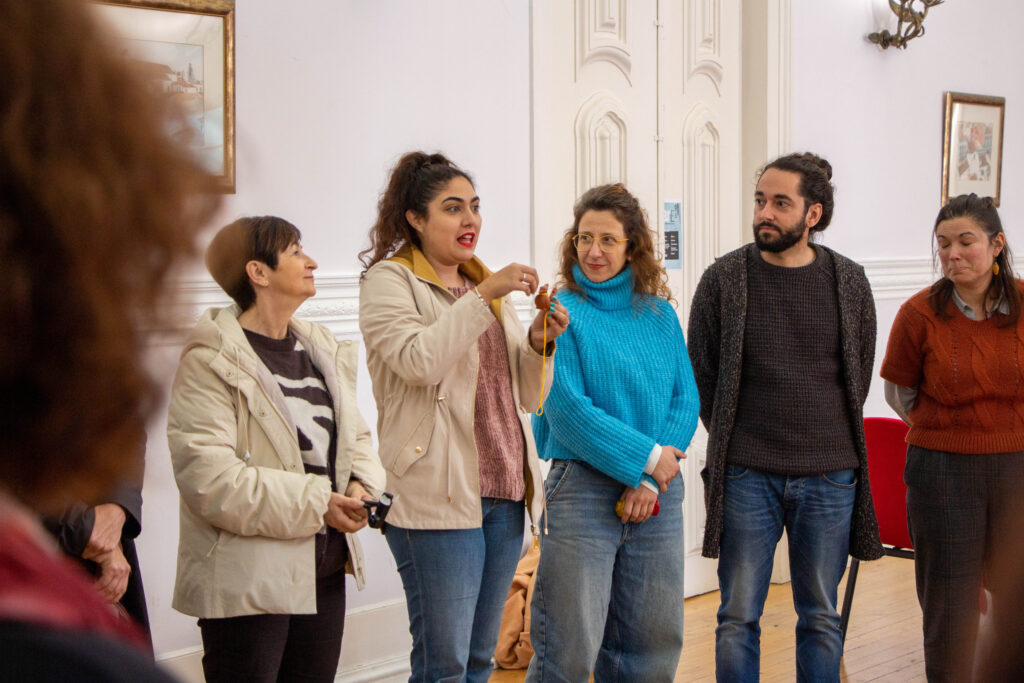
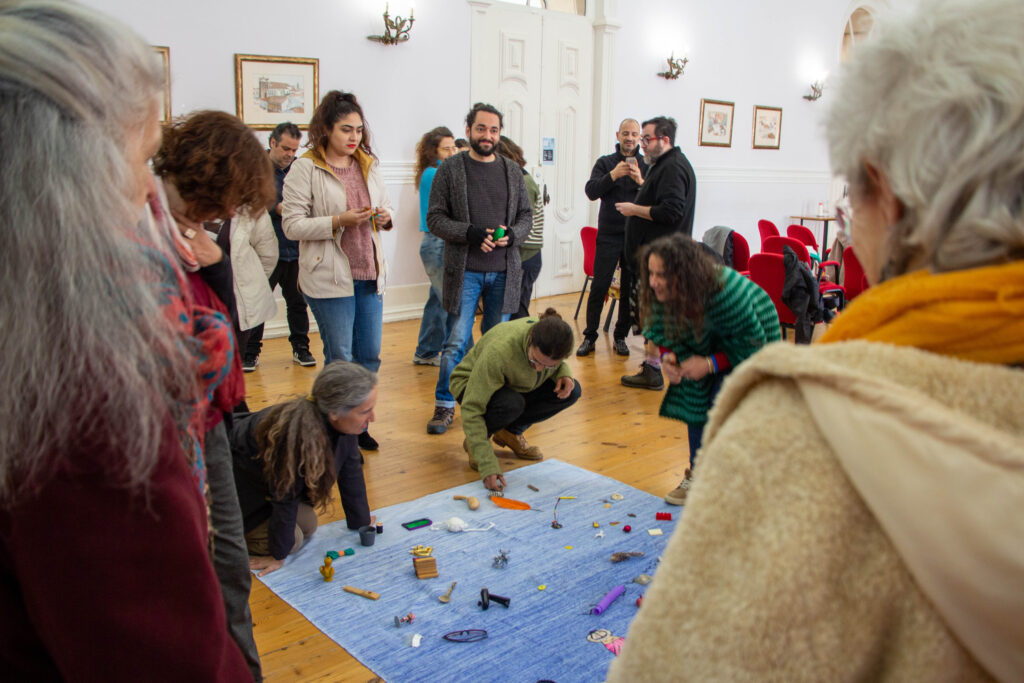
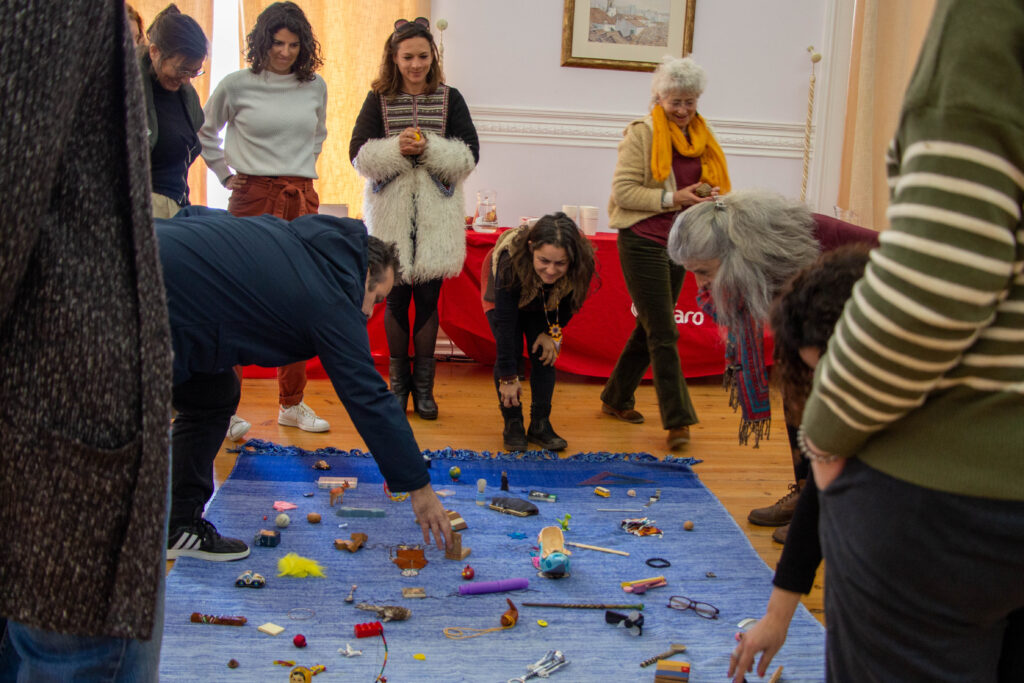
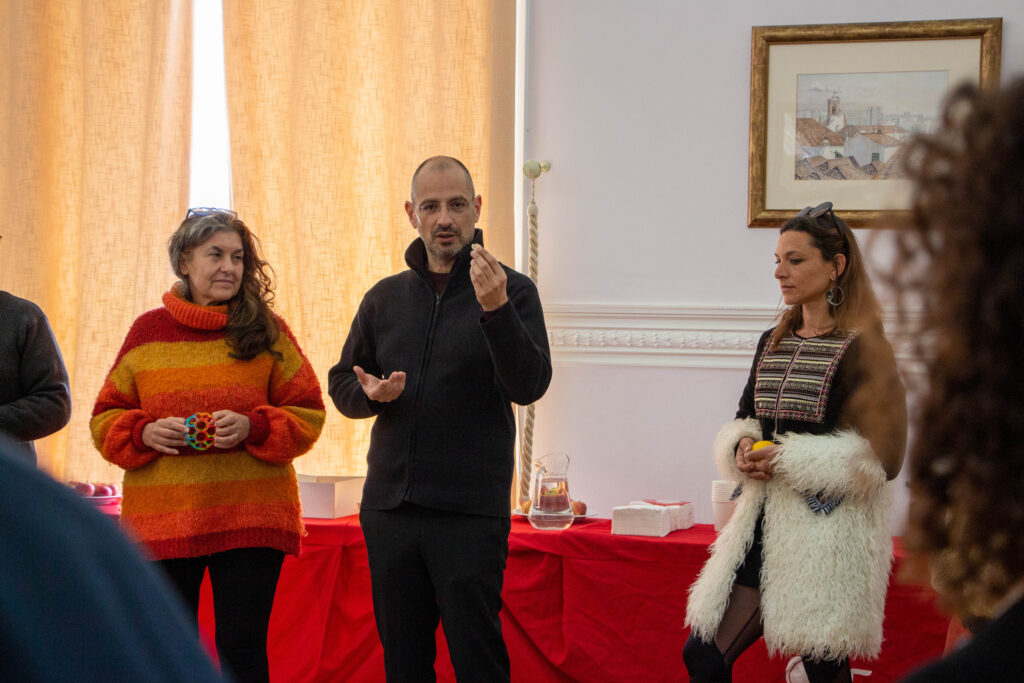
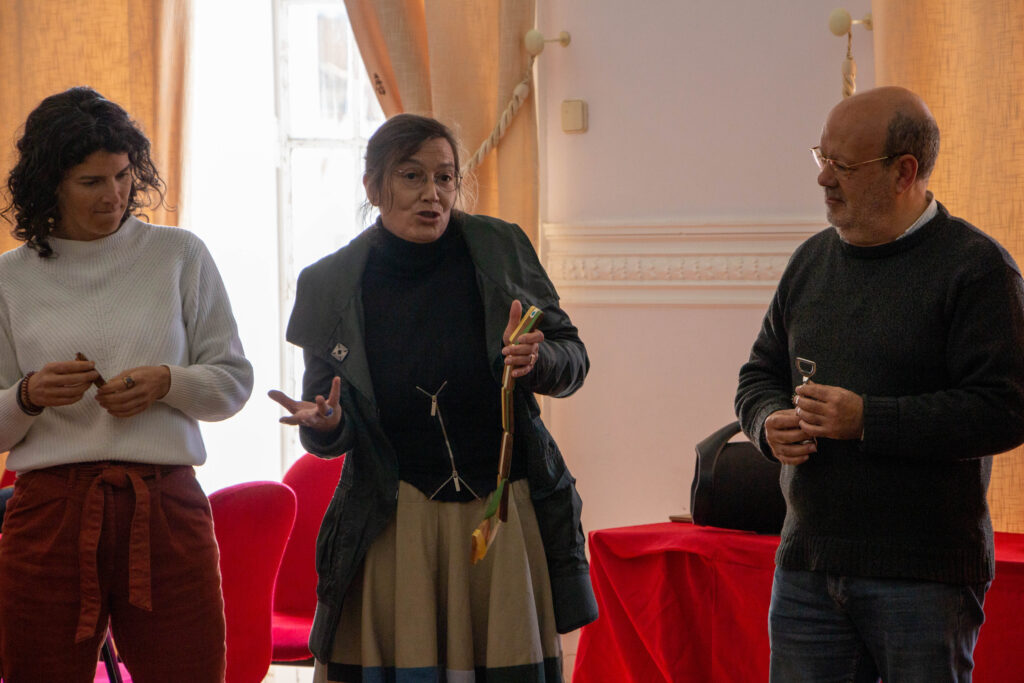
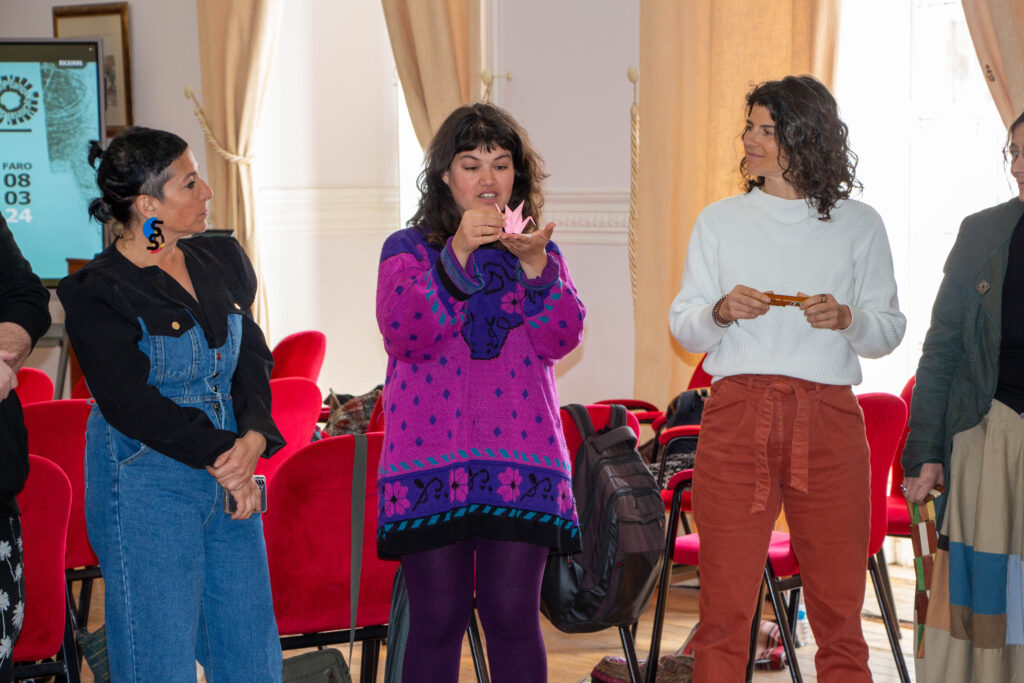
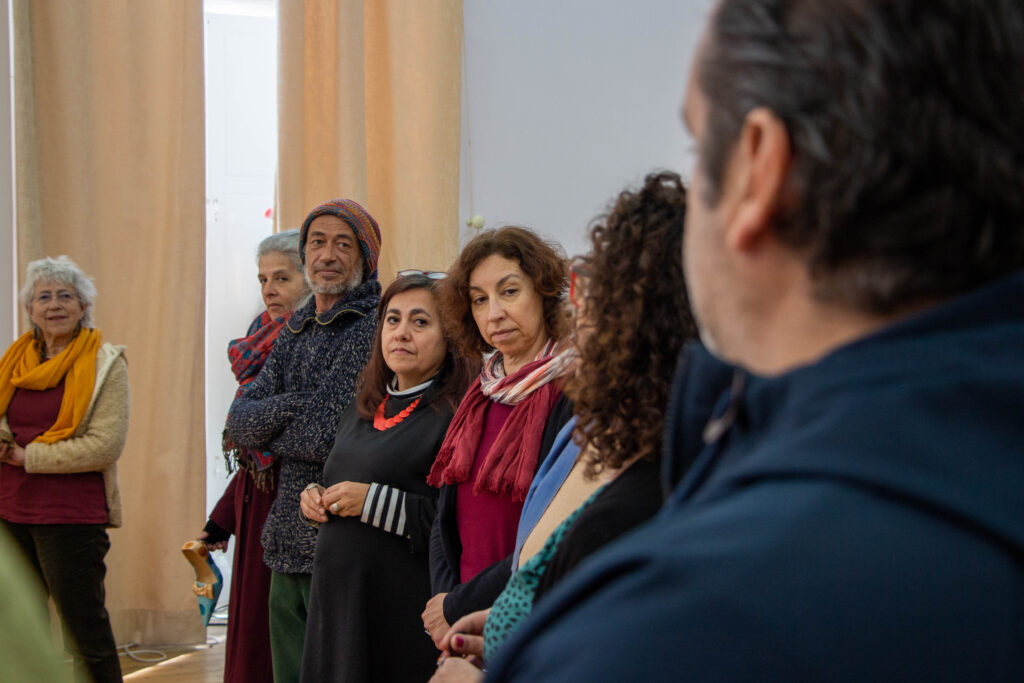
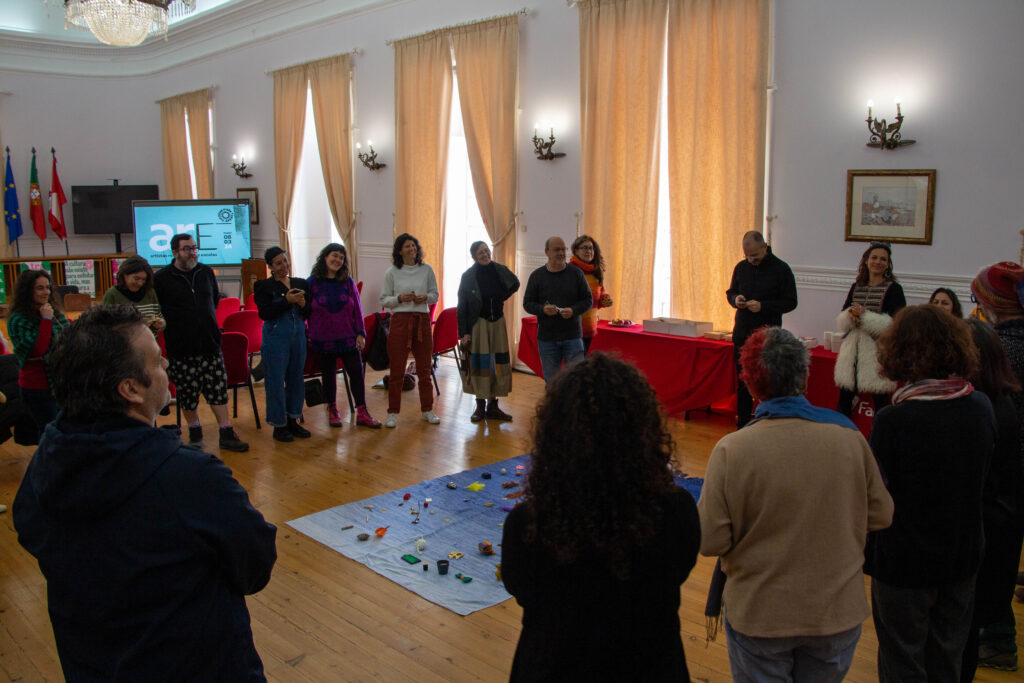
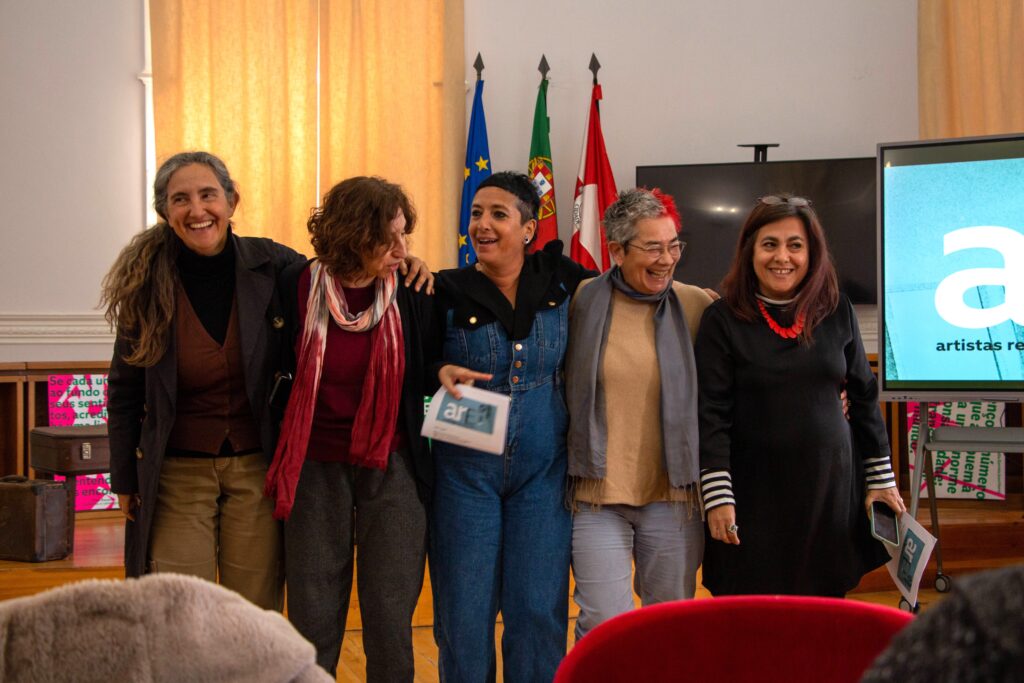
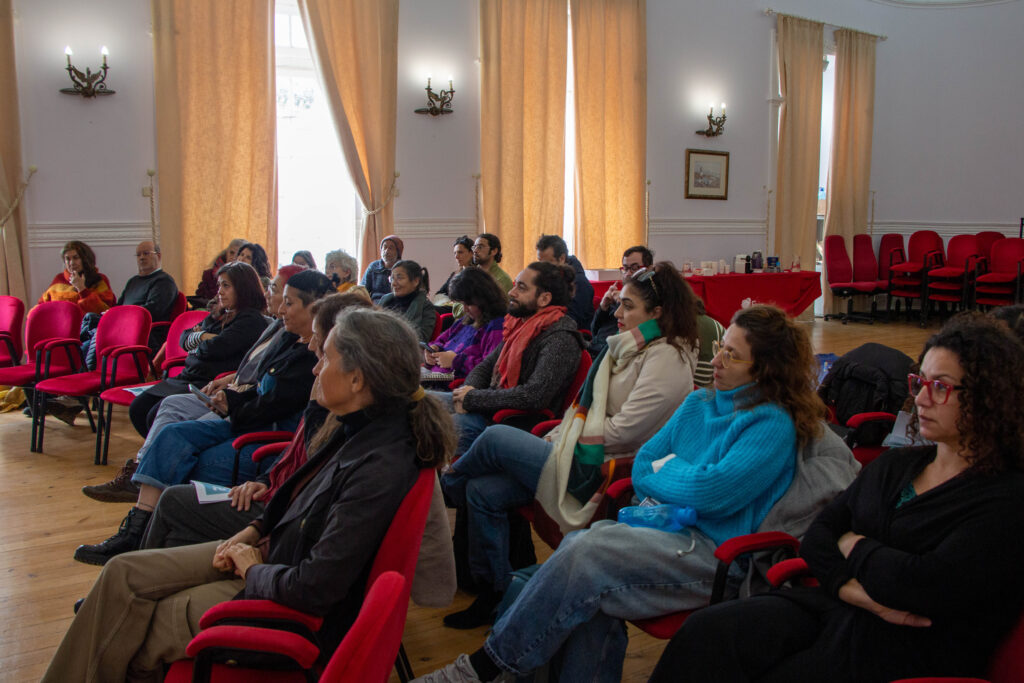
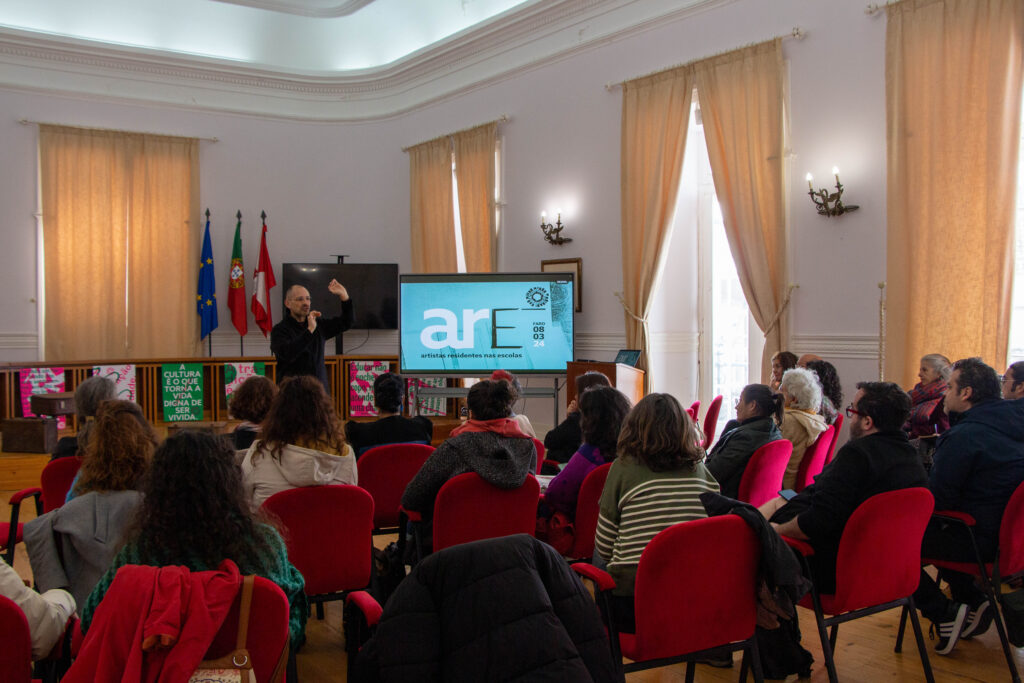
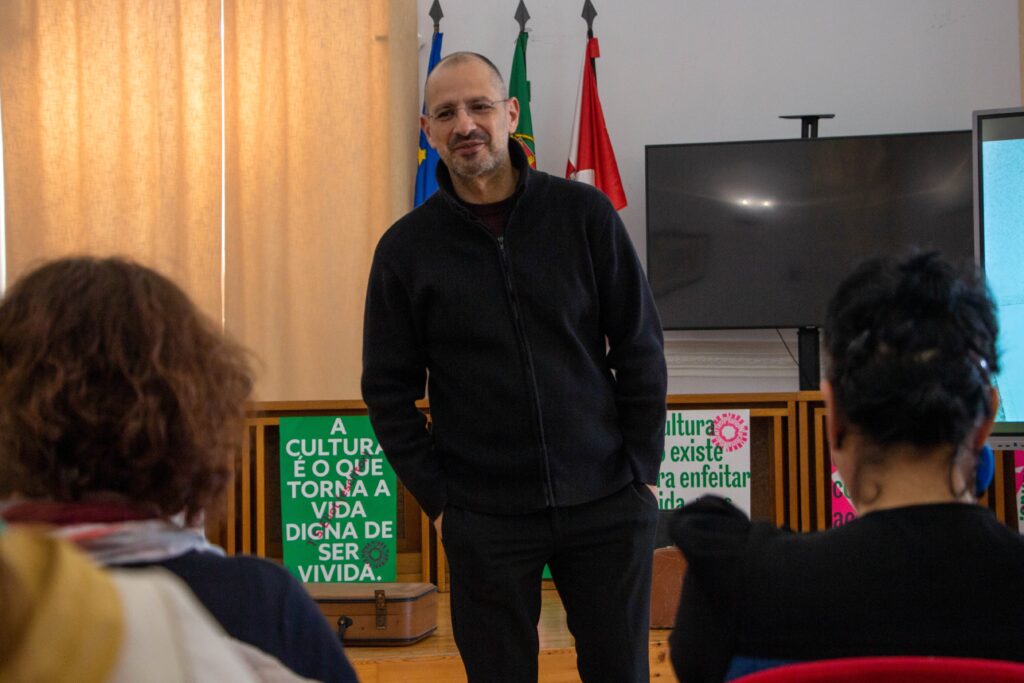
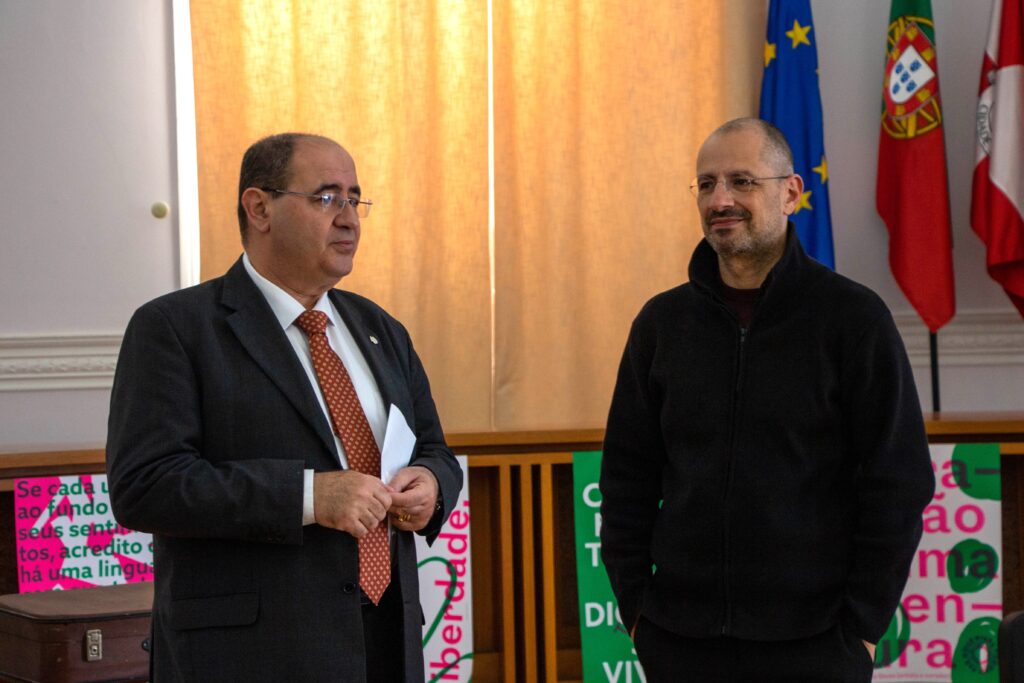
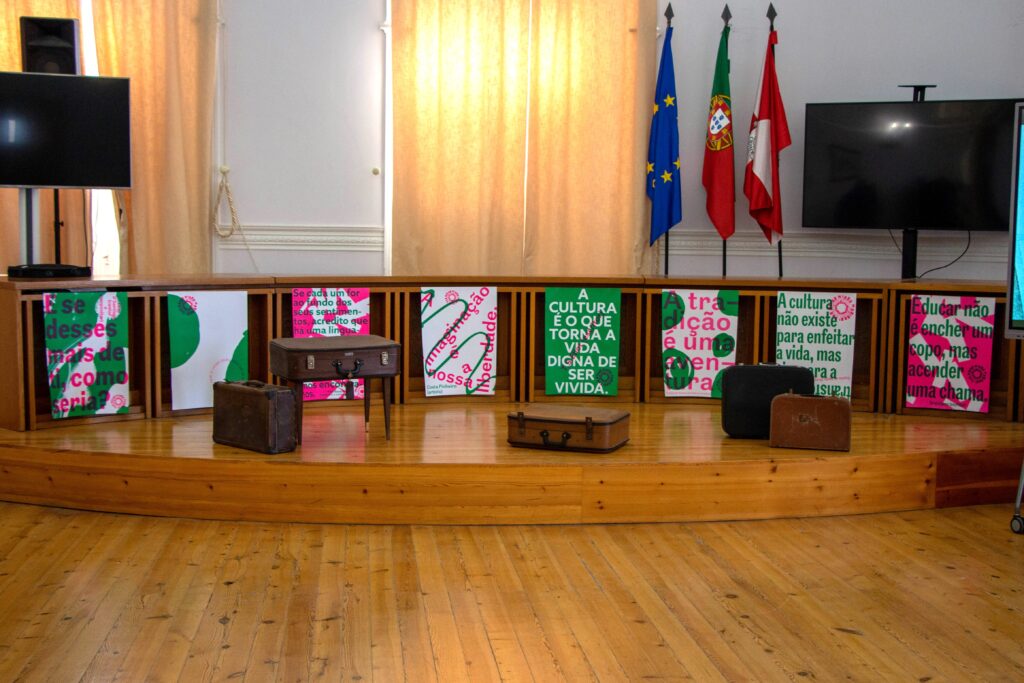
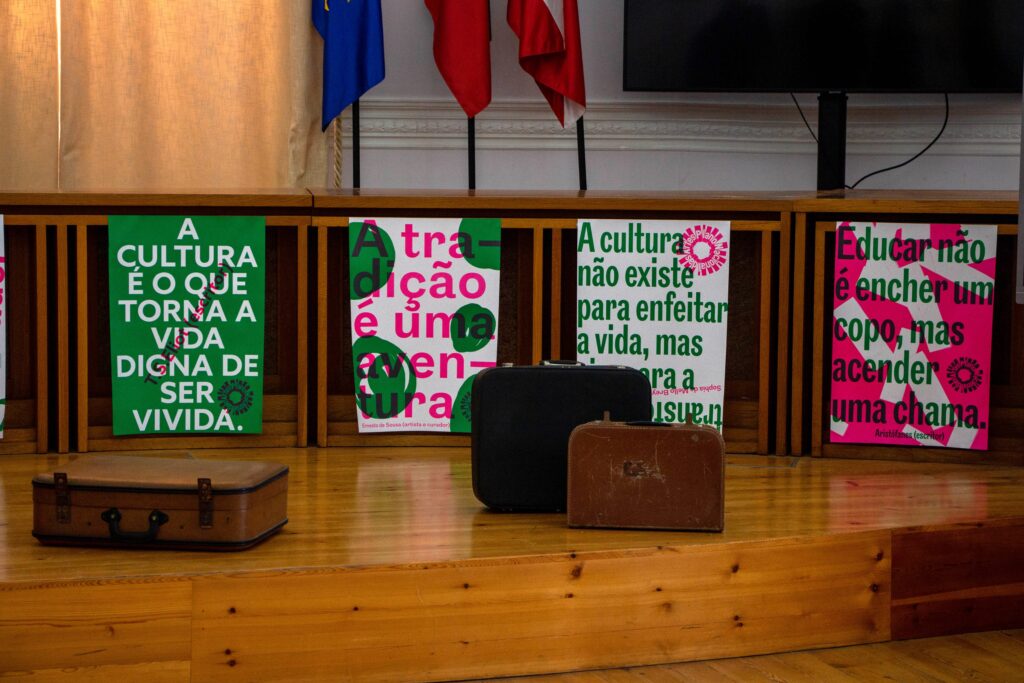


















Comments